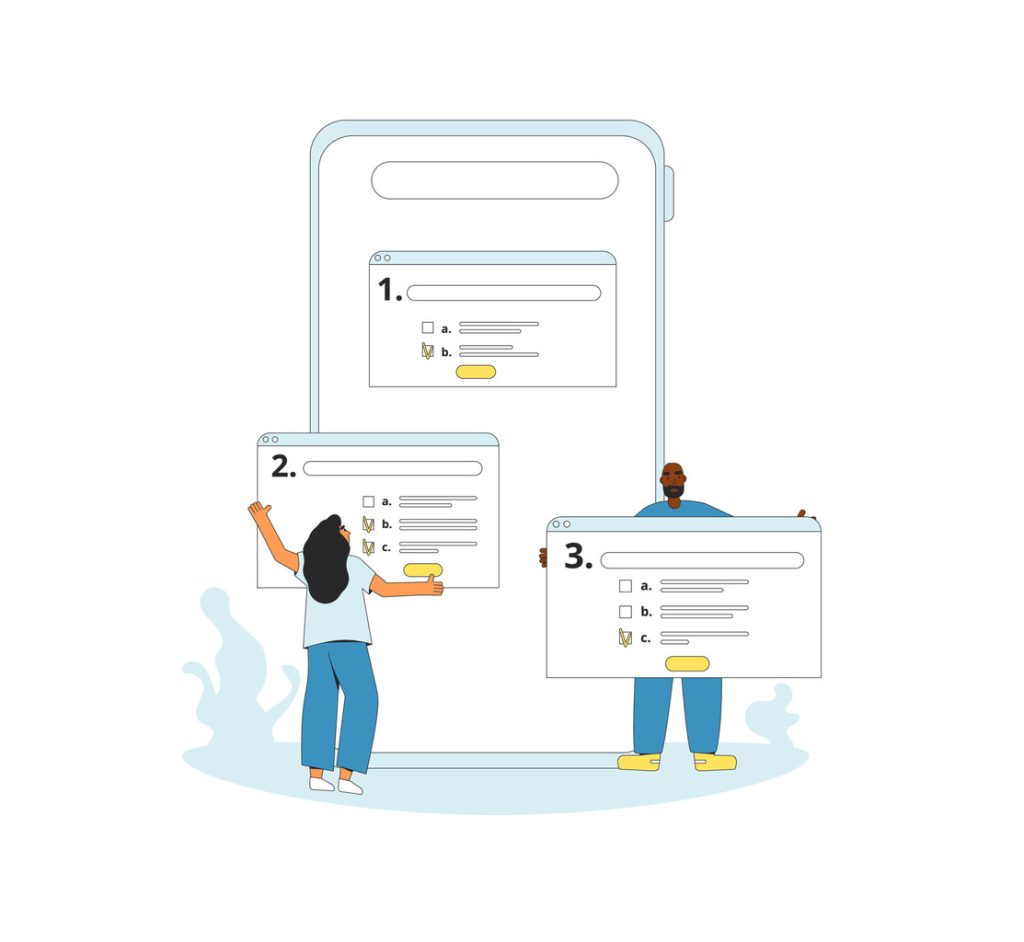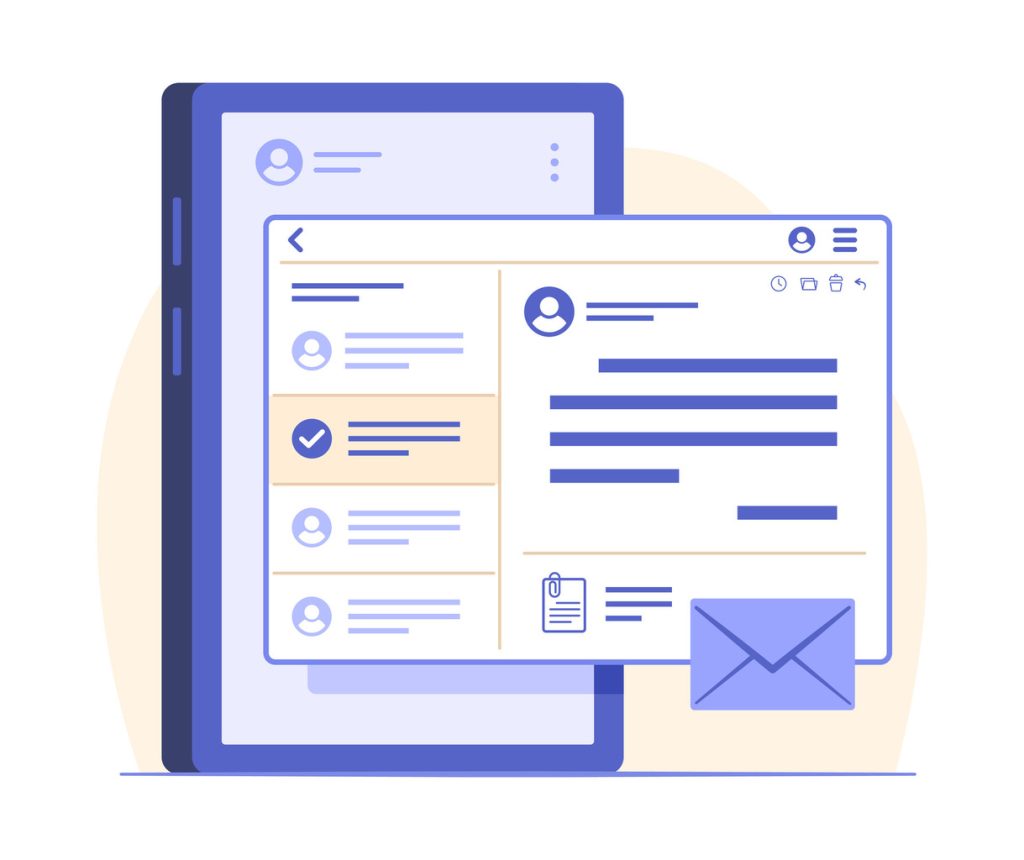Customizable Lead Form Designs to Boost Conversions

In today’s competitive digital landscape, capturing prospect information is critical for growth. Businesses rely on professional tools to turn casual website visitors into actionable contacts. This process, known as lead generation, hinges on strategic value exchanges—offering resources like guides or discounts in return for visitor details.
High-performing forms blend simplicity with purpose. They adapt to user preferences, ensuring seamless interactions that align with modern marketing strategies. For example, a well-placed form on a landing page can increase conversions by 30% or more when paired with compelling incentives.
Effective designs prioritize clarity and relevance. Fields should request only essential data, reducing friction while building trust. Advanced solutions integrate with CRM systems, enabling real-time follow-ups that nurture prospects toward sales-ready status.
Placement also plays a decisive role. Positioning forms on high-traffic pages—such as blogs or service listings—ensures maximum visibility. Testing variations like color schemes or button text further refines performance, driving measurable improvements in engagement rates.
Key Takeaways
- Professional forms convert visitors by offering targeted incentives like exclusive content
- Simplified data collection reduces user friction and improves completion rates
- Strategic placement on high-traffic pages amplifies conversion opportunities
- Backend integrations enable immediate lead nurturing through automated workflows
- A/B testing optimizes design elements for continuous performance improvements
Overview of Customizable Lead Form Designs

Effective data collection requires precision-built solutions that align with evolving business goals. Modern conversion tools bridge the gap between customer expectations and company objectives through strategic adaptability.
Why Tailored Solutions Drive Results
Businesses face unique challenges when gathering prospect details. Flexible templates address this by letting teams modify layouts and questions without technical skills. A real estate agency, for instance, might adjust fields to collect property preferences alongside basic contact information.
Template libraries accelerate deployment while maintaining quality. These pre-built options handle scenarios from newsletter sign-ups to detailed service inquiries. Teams select foundations matching their needs, then refine them using intuitive editors.
| Feature | Standard Tools | Adaptive Solutions |
|---|---|---|
| Field Configuration | Fixed options | Drag-and-drop editing |
| Brand Alignment | Generic styling | Color/font controls |
| Data Targeting | Basic contact details | Behavior-based fields |
| Integration Depth | Manual exports | CRM auto-sync |
Dynamic personalization elevates engagement. Tools can display different questions based on referral sources or device types. A visitor from a social media ad might see product-specific fields, while blog readers encounter content offers.
Consistent branding across touchpoints builds credibility. Custom color schemes and verified security badges reassure prospects sharing sensitive data. This attention to detail increases completion rates by up to 40% in tested cases.
Key Features and Innovations
Modern businesses require intelligent tools that transform data collection into strategic opportunities. Leading platforms combine intuitive design interfaces with adaptive questioning systems and seamless third-party connections. These innovations eliminate traditional bottlenecks while delivering richer prospect insights.
Drag-and-Drop Builder Advantages
Visual editing tools empower teams to craft professional form templates in minutes. With simple drag functionality, marketers arrange fields and design layouts without developer support. This accelerates deployment cycles while maintaining brand consistency across all touchpoints.
Pre-built form templates further simplify the process. Teams select industry-specific foundations, then modify elements like color schemes or input types. One financial services company reduced creation time by 70% using template libraries with built-in compliance checks.
Conditional Logic and Data-Driven Question Pacing
Smart forms analyze responses to deliver relevant follow-up questions dynamically. If a user selects “Small Business” in a dropdown, subsequent fields might request annual revenue or team size. This targeted approach increases completion rates by 25% in observed cases.
Conversational pacing presents one query per screen, mimicking human dialogue. Gradual data requests feel less intrusive, keeping users engaged throughout the process. Combined with personalized greetings, this technique reduces abandonment rates by up to 40%.
CRM and Third-Party Integration Capabilities
Instant data synchronization connects form submissions with essential business tools. New leads automatically populate in HubSpot pipelines while Slack channels receive real-time alerts. This eliminates manual transfers and ensures sales teams act on fresh information.
Advanced connections enable automated workflows across 300+ applications. Submitted files save directly to Dropbox, while email addresses sync with Mailchimp campaigns. One e-commerce brand achieved 90% faster lead processing by linking forms to their inventory management system.
Best Practices for Capturing Leads Effectively

Converting casual visitors into qualified prospects demands more than basic data fields. Top-performing strategies combine behavioral understanding with adaptive technology to create frictionless experiences. By aligning question patterns with user intent, businesses gather richer insights while maintaining engagement.
Behavior-Driven Question Sequencing
Smart interfaces analyze user interactions to determine optimal query paths. A visitor initially providing their email might next see industry-specific options rather than generic dropdowns. This approach reduces cognitive load by 35% in field tests.
Personalized references like “Based on your company size, John…” build rapport during completion. Systems that remember previous interactions demonstrate attentiveness, increasing repeat submission likelihood by 28%.
Automated Lead Routing Systems
Instant data validation checks ensure sales teams receive accurate contact details and qualifying criteria. One logistics company reduced follow-up errors by 62% after implementing real-time phone number verification.
Integration with pipeline management tools automatically prioritizes hot prospects. Service teams receive alerts when users indicate urgent needs in comment fields, enabling sub-60-minute response benchmarks.
Designing Engaging and Mobile-Optimized Forms

With mobile devices driving over 60% of web traffic, businesses can’t afford rigid layouts that frustrate on-the-go users. Modern audiences expect seamless interactions whether they’re accessing a website from smartphones or desktops. Professional tools now prioritize adaptability, ensuring every form maintains functionality while enhancing visual appeal across platforms.
Responsive Layouts for All Devices
Touch-friendly interfaces eliminate thumb gymnastics. Buttons resize automatically based on screen dimensions, while dropdown menus replace lengthy text fields. A banking client saw 22% higher completion rates after switching to tap-friendly checkboxes for mobile loan applications.
| Feature | Standard Forms | Mobile-Optimized |
|---|---|---|
| Button Size | Fixed width | Adaptive scaling |
| Loading Speed | 3-5 seconds | <2 seconds |
| Input Methods | Manual typing | Smart autofill |
| Cross-Device Testing | Basic checks | 50+ configurations |
Advanced builders automatically adjust spacing and fonts for readability. One healthcare provider reduced form abandonment by 37% using dynamic layouts that stack fields vertically on portrait-mode smartphones.
Performance optimization matters as much as aesthetics. Compressed images and lazy loading ensure fast load times on spotty connections. Retailers using these techniques report 18% fewer exits during checkout processes.
Final validation comes through multi-platform testing. Leading teams preview every form across 12+ device-browser combinations before launch. This attention to detail maximizes accessibility while reinforcing brand professionalism.
Integrating Lead Forms with Marketing and Sales Channels
Effective lead generation strategies require unified systems that connect data collection points with conversion pathways. When capture tools align with core business platforms, teams gain actionable insights while prospects experience cohesive journeys.
Seamless Integration with CRM and Email Tools
Salesforce CRM Lead Capture Form demonstrates how automated data flows eliminate manual transfers. Submissions instantly populate sales pipelines, enabling teams to act within minutes. Drip Lead Capture Form shows similar efficiency for email marketing campaigns, triggering personalized sequences based on captured preferences.
Key benefits include:
- Real-time alerts in Slack or Microsoft Teams when high-priority leads arrive
- Automatic segmentation of contact details into targeted lists
- Synchronized records across CRMs and marketing platforms
Leveraging Social Media and Paid Ads for Traffic
Platform-specific advertising tools amplify reach. Facebook Lead Ads integrate directly with website forms, while Twitter conversion tracking measures campaign effectiveness. Paid search ads drive qualified visitors through keyword-targeted promotions.
| Channel | Conversion Boost | Cost Efficiency |
|---|---|---|
| Email newsletters | 28% higher CTR | $1.20 per lead |
| LinkedIn Ads | 35% form completion | $2.50 per lead |
| Google Search | 22% faster submissions | $1.80 per lead |
Multi-channel attribution models reveal which marketing efforts deliver the best ROI. One SaaS company reallocated 40% of its budget to high-performing channels after analyzing form conversion data across platforms.
Consistent tracking ensures every captured lead traces back to its origin. This precision helps refine content strategies and optimize ad spend across all channels.
Industry Use Cases and Real-Life Success Stories

Across industries, adaptable data collection systems prove their value through measurable outcomes. Organizations now achieve operational efficiency while maintaining compliance – a balance made possible by purpose-built solutions.
Solving Unique Challenges Through Modular Templates
Healthcare providers streamline patient intake using HIPAA-compliant templates. One medical group reduced appointment scheduling errors by 45% after implementing conditional logic forms that adapt to insurance types.
| Industry | Template Type | Result |
|---|---|---|
| Finance | Mortgage calculators | 28% faster approvals |
| Nonprofits | Donation trackers | 63% recurring gifts |
| Events | Session selectors | 90% attendance rates |
Jamie Richter’s team replaced costly survey tools with dynamic templates, cutting expenses by 70%. “Conditional questions helped us gather 3x more product feedback,” their operations director noted.
Proven Impact Through Strategic Implementation
Tony De Luca’s contactless Pie Day fundraiser processed 1,200 orders using automated email updates. The system integrated with CRM automation strategies, enabling real-time donor recognition.
“We achieved record response rates while maintaining personal touchpoints. The template library accelerated deployment without compromising quality.”
Event planners report 40% faster attendee processing through mobile-optimized forms. These solutions automatically route details to sales teams, ensuring prompt follow-ups.
Customizable Lead Form Designs for Your Business
Selecting the right foundation accelerates business growth while maintaining compliance. Professional teams start by matching template structures to their operational needs and customer expectations. This strategic alignment ensures every interaction supports core objectives without overwhelming prospects.
Launching Effective Data Collection Systems
Content-driven businesses use downloadable resource forms to exchange ebooks for contact details. These tools capture 35% more emails than generic sign-up sheets when paired with targeted landing pages. Service providers benefit from quote request templates that gather project specifics upfront, reducing back-and-forth by 50%.
Software companies leverage demo scheduling forms to qualify prospects efficiently. One SaaS firm increased sales-ready leads by 40% using dynamic fields that assess user requirements during sign-up. Healthcare practices adopt appointment booking systems with integrated insurance verification, cutting administrative errors by 45%.
“Pre-built templates cut our deployment time in half while maintaining strict compliance standards. The right structure turns casual inquiries into actionable opportunities.”
Specialized industries require tailored solutions. Mortgage brokers use application forms with built-in credit score checks, while nonprofits deploy donation trackers that suggest recurring gift amounts. These purpose-built tools maintain professionalism while adapting to unique workflow demands.
Testing remains critical for optimization. Successful teams refine field sequences and incentives based on conversion analytics, achieving 25% higher completion rates through continuous improvements.
Conclusion
In the digital age, transforming visitor interest into actionable data requires smart tools. Businesses that master lead generation gain consistent access to qualified potential customers, turning casual interactions into revenue opportunities. The right approach balances simplicity with strategic intent, ensuring every exchange adds value for both parties.
Modern solutions excel by aligning data collection with user behavior. A well-structured form builder reduces friction through adaptive fields and mobile-first layouts, while integrations ensure captured contact details flow directly into sales pipelines. This streamlined process eliminates manual steps, letting teams focus on nurturing relationships.
Continuous improvement remains essential. Testing different templates and incentives reveals what resonates with specific audiences, refining marketing efforts over time. Companies that pair these insights with real-time analytics often see 20-35% faster conversion cycles.
Ultimately, effective lead generation hinges on respecting user time while gathering critical information. By prioritizing clarity and relevance, businesses build trust that transforms one-time submissions into lasting partnerships.

